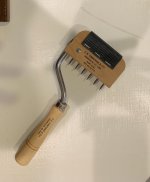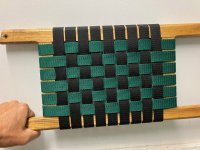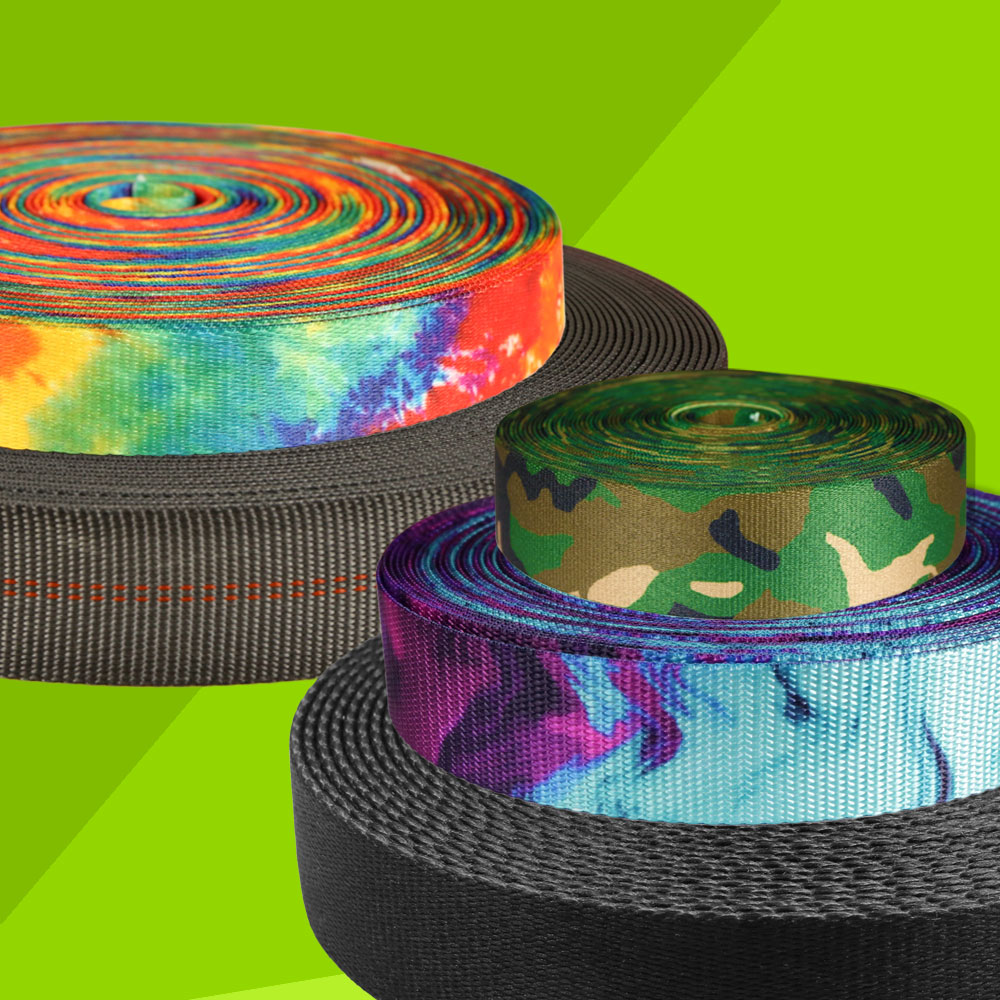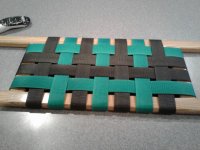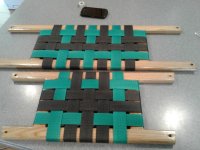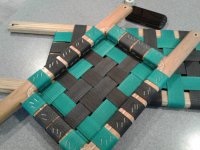- Joined
- Jul 6, 2021
- Messages
- 643
- Reaction score
- 563
Any tips, tricks or ideas out there for how to stretch canoe seat webbing during installation?
I know the webbing on Conk’s seats is mechanically stretched, and bounce-a-quarter drum tight. But I have no idea what that involves, or if it is practical for a DIY’er.
(I recently DIY’ed new survival boot laces from mil-spec paracord, snare wire and heat shrink tubing aglets covering emergency flint and steel. And DIYed a snot rag by cutting the frayed arm off a Guayabera . The embroidery makes a nice touch, but is rough on the nostrils)
In stretching seat webbing I resort to cutting each length of webbing long enough that I can attach one side, with enough excess to fold over to staple inside of the frame, clamp the seat down and pull the webbing as taut as I can before seating staples on the bottom of the other side. Then fold under a bottom flap and staple that with the webbing taut.
Is there a better shop bench and rudimentary tools way?
(Does a Shopsmith have a webbing stretching accessory?)
I know the webbing on Conk’s seats is mechanically stretched, and bounce-a-quarter drum tight. But I have no idea what that involves, or if it is practical for a DIY’er.
(I recently DIY’ed new survival boot laces from mil-spec paracord, snare wire and heat shrink tubing aglets covering emergency flint and steel. And DIYed a snot rag by cutting the frayed arm off a Guayabera . The embroidery makes a nice touch, but is rough on the nostrils)
In stretching seat webbing I resort to cutting each length of webbing long enough that I can attach one side, with enough excess to fold over to staple inside of the frame, clamp the seat down and pull the webbing as taut as I can before seating staples on the bottom of the other side. Then fold under a bottom flap and staple that with the webbing taut.
Is there a better shop bench and rudimentary tools way?
(Does a Shopsmith have a webbing stretching accessory?)


